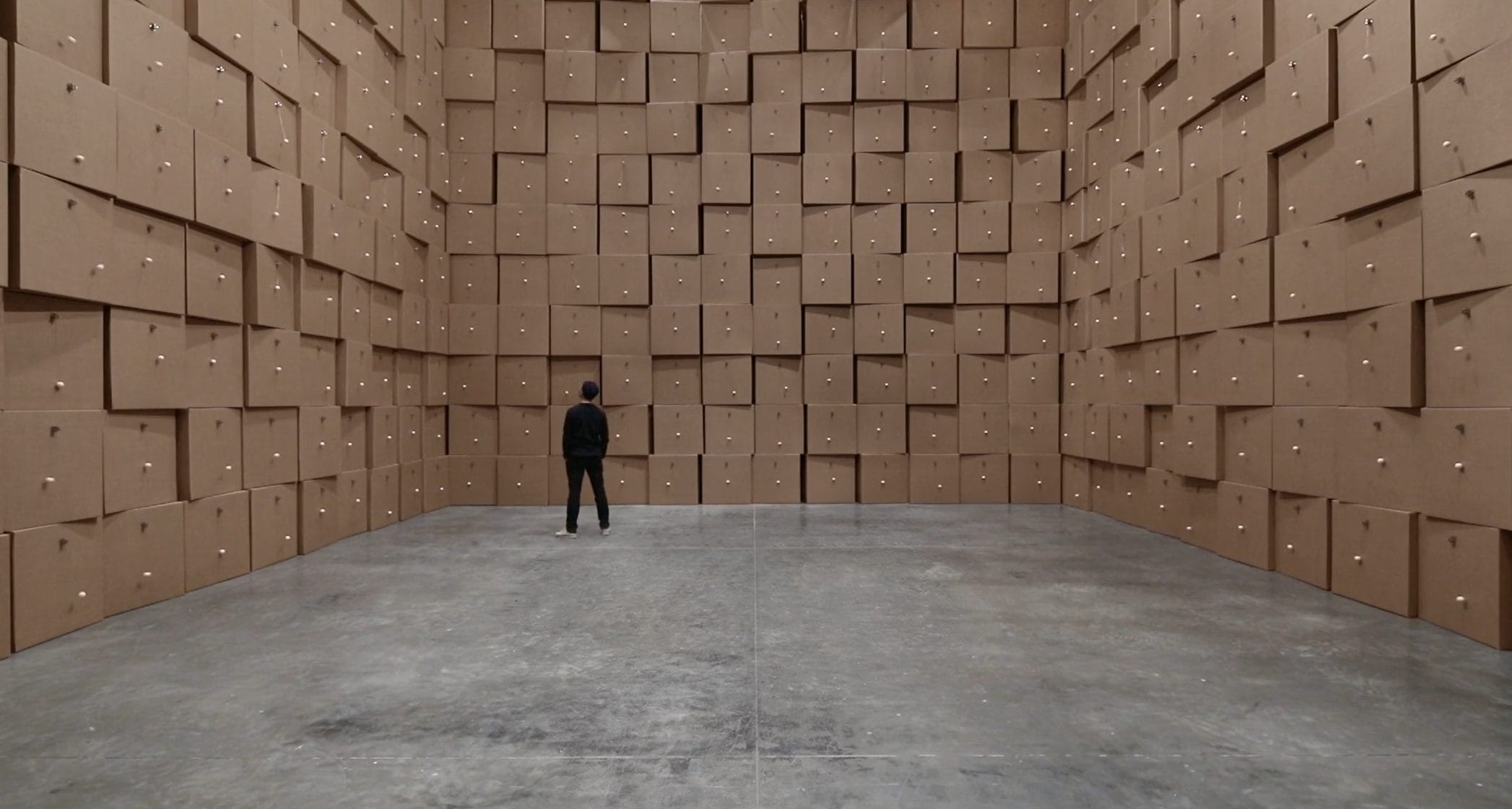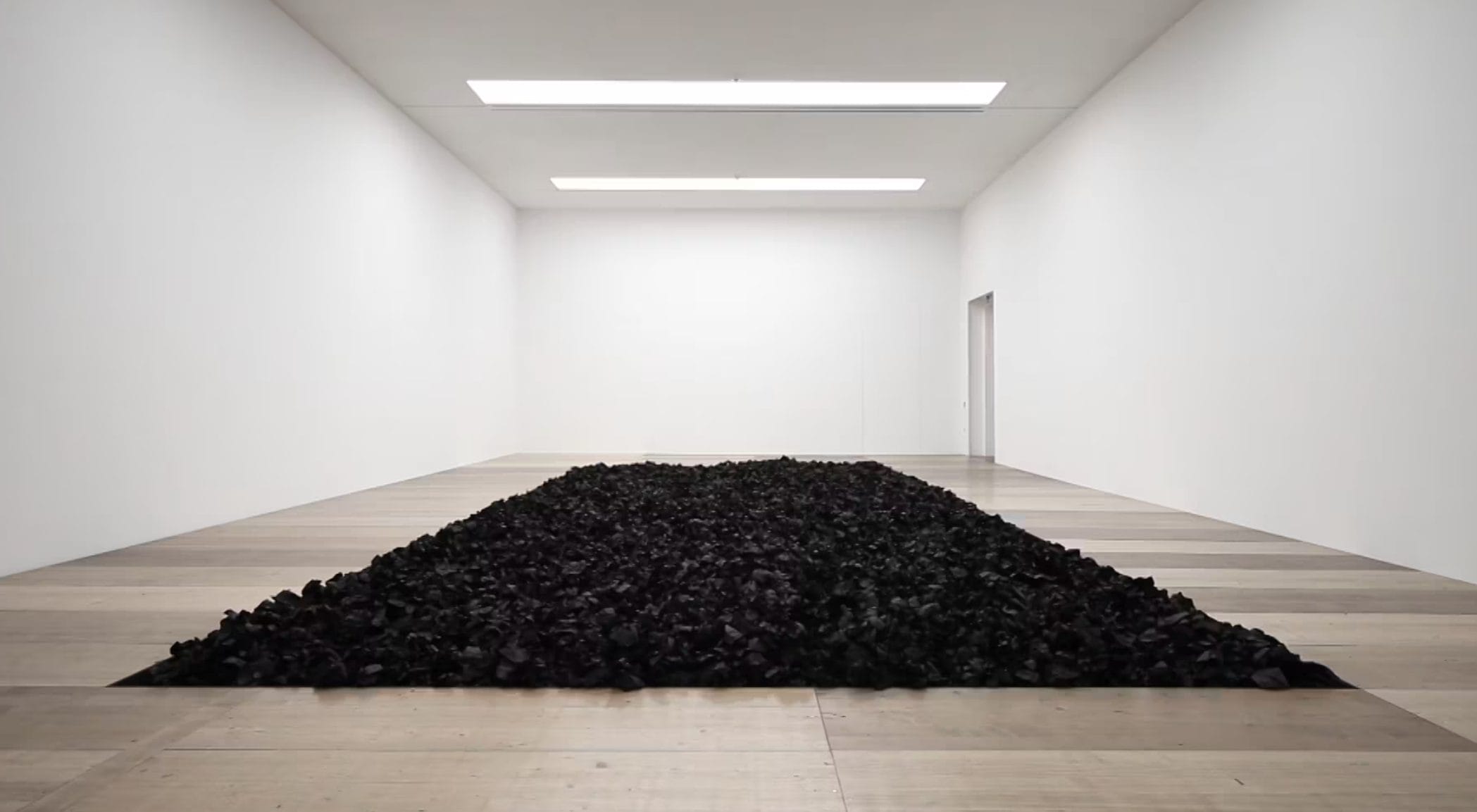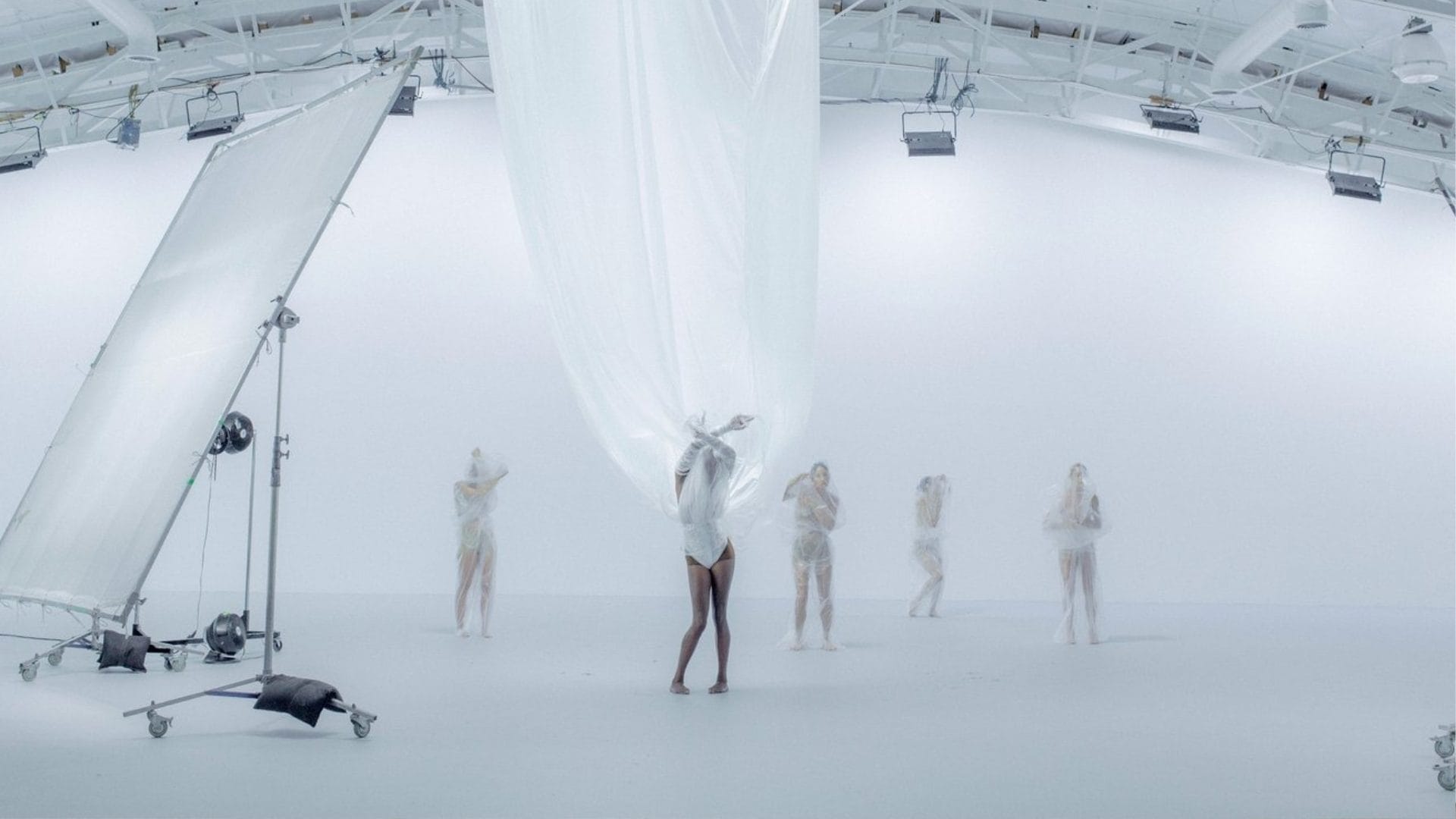
Harmonic Dissonance: Zimoun’s Sound Installations
Origins and Evolution: Zimoun’s Journey from Swiss Roots to the Global Art Scene
Zimoun, an artist whose roots lie in the serene setting of Bern, Switzerland, has crafted a universal language through rhythm and sound, emerging as a prominent figure in the international art scene. His journey begins in the Swiss city, known for its quality of life and a cultural environment that blends historic Swiss precision with a vibrant art scene. This backdrop has shaped Zimoun not just as an individual, but as an artist, providing him with a solid foundation of aesthetic values and an unceasing quest for simplicity and functionality.
From his early works, Zimoun has displayed a penchant for using humble materials and common industrial objects, transforming them into tools for his sound experiments. His education, though not traditionally academic in art, evolved through self-taught experiments and a deep curiosity about movement and sound. This blend of informal education and a passion for mechanical exploration has allowed him to develop a unique approach to sound art.
His interest in mechanical structures and their ability to produce sound is evident in his installations, where each element, no matter how mundane it may seem, is chosen with care and precision. Cardboard, DC motors, iron wires, and even fans have been protagonists in his works, all utilized for their acoustic potential as well as visual.
Zimoun’s ability to see the artistic potential in simple, functional objects is reflected in his working philosophy, where “less is more” and each element plays a crucial role in creating an immersive experience for the viewer. His works, while aesthetically minimalist, are imbued with emotional depth that resonates with the natural environment, evoking a tranquility that contrasts with the organized chaos of the moving mechanisms.Over the years, Zimoun’s reputation as an innovator in the field of sound art has grown, leading him to exhibit in some of the world’s most prestigious museums. His art has not only crossed geographical boundaries, but also has significantly influenced the way we perceive and interact with sound in art.

The Orchestra of Ordinary Objects: Techniques and Materials in the Art of Zimoun
The Swiss artist is renowned for his skill in transforming common and industrial materials into complex sound mechanisms, offering viewers unique immersive experiences. Zimoun adopts an experimental and playful approach in his artistic work, often exploring the sonic properties of materials through a series of experiments and prototypes. His research leads him to select materials that can produce a variety of sounds, both through their physical structure and movement. This meticulous and detail-oriented approach is evident in his installations, where each component is carefully chosen for its unique sonic qualities.
A distinctive feature of Zimoun’s work is the use of common and readily available materials, such as cardboard, DC motors, and iron wires. These materials, which might seem insignificant or mundane, are transformed by the artist into key elements of his sound installations. Cardboard, for example, can be folded, cut, or shaped to create complex forms that interact with sound in surprising ways. DC motors are used to move various components of the installations, generating a variety of rhythms and sounds that combine into a mechanical sound orchestra.
Despite the use of industrial materials and the complexity of his installations, Zimoun adheres to an aesthetic philosophy of simplicity and minimalism. His works are characterized by visual cleanliness and formal clarity that allow viewers to focus on the sonic qualities of the installations. This minimalist approach is also reflected in the titles of Zimoun’s works, which simply list the materials used without embellishment or excessive emphasis.
Zimoun’s artistic practice is marked by continuous experimentation and exploration. The artist is always in search of new materials and techniques to expand his artistic vocabulary and create increasingly complex and engaging works.

The Installative Ensemble: The Dialogue between Order and Chaos: The Systematic Aesthetics in Zimoun’s Installations
Zimoun is renowned for his ability to create installations that, despite following a precise order in the arrangement of components, produce a visual and auditory effect that suggests a form of controlled chaos. His works often feature a geometric organization, with components arranged in repetitive or symmetrical patterns. However, once activated, these installations come to life in unpredictable ways, with components interacting in nonlinear and nondeterministic manners.
What makes Zimoun’s works so captivating is the way he manages to create tension between order and chaos, prompting viewers to reflect on the nature of harmony and disorder. His installations can be seen as visual representations of the complexity of the natural world, where even the most orderly systems can produce unpredictable and astonishing outcomes.
A striking example of this balance between order and chaos is the installation “290 prepared dc-motors, cotton balls, toluene tank,” where a series of DC motors is activated to vibrate cotton balls submerged in a toluene tank. While the arrangement of motors and cotton balls may appear orderly to the eye, once activated, the chaotic movements of the balls create a visual and auditory effect that defies the spectators’ expectations.
In many of his works, Zimoun emphasizes the concept of “primitive complexity,” referring to the capacity of simple systems to generate complex and unpredictable behaviors. This concept is evident in his installations, where even the most basic components can interact in surprising and unforeseeable ways.

Collaborative Resonances: Exhibitions and Synergies in the Artistic Universe of Zimoun
The extensive display of Zimoun’s works in cultural institutions around the world has helped to solidify his status as a prominent artist in the realm of contemporary art. Through his sound installations, Zimoun has captured the attention of both the public and critics, offering immersive experiences that range from order to the complexity of controlled chaos.
Among the most significant exhibitions of his career are those at the Museum Haus Konstruktiv in Zurich, the Museum of Contemporary Art MAC in Santiago de Chile, and the Museum of Fine Arts in Lugano. These exhibitions have provided audiences the opportunity to immerse themselves in Zimoun’s extraordinary creations, exploring the relationship between sound, movement, and space.
Zimoun’s collaborations with other cultural institutions and artists have further expanded his influence and scope. Through multidisciplinary projects and live performances, Zimoun has demonstrated his artistic versatility and his ability to transform environments and cultural contexts.
Moreover, his works have been acquired in numerous permanent collections of world-renowned museums, including the Borusan Contemporary Museum in Istanbul, Museum Haus Konstruktiv in Zurich, and the Museum of Contemporary Art MAC in Santiago de Chile. This institutional recognition attests to the significance and lasting impact of Zimoun’s creations in the field of contemporary art.
fakewhale
Founded in 2021, Fakewhale advocates the digital art market's evolution. Viewing NFT technology as a container for art, and leveraging the expansive scope of digital culture, Fakewhale strives to shape a new ecosystem in which art and technology become the starting point, rather than the final destination.
You may also like
The Stillness That Burns: Inside the World of Bill Viola
Lately we’ve found ourselves drawn to the spaces where time resists compression, where video art m
Fakewhale in Conversation with Operator
Today, few artistic collaborations stand out as distinctly as Operator, the dynamic duo of Ania Cath
Nam June Paik: a Visionary in Modern Media
Nam June Paik, born on July 20, 1932, in Seoul, South Korea, emerged from an environment steeped in




